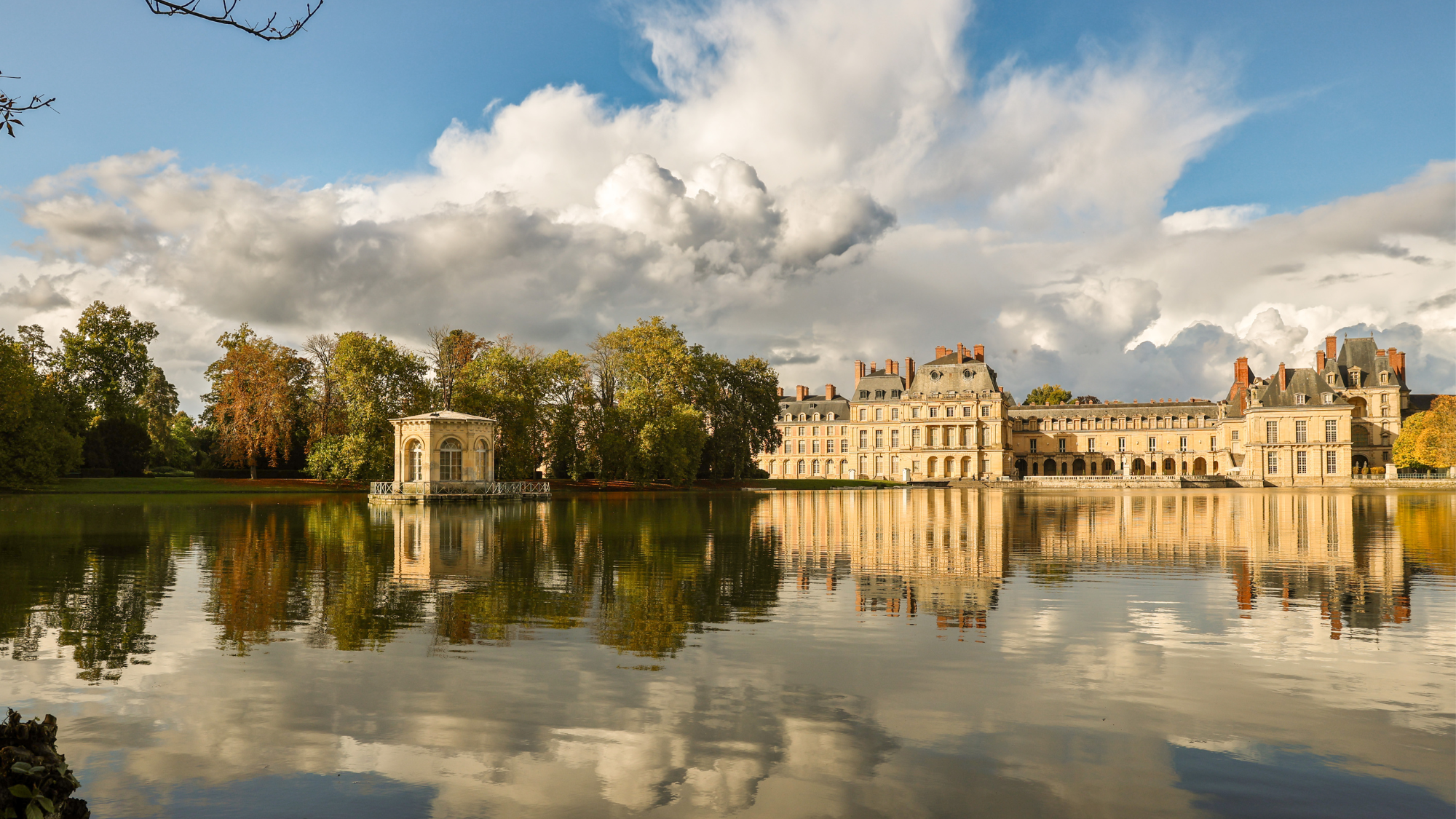Eva Hesse Studiowork
The show at the Institute of Contemporary Art in Boston consists of objects found in the artist's studio after her death.
Institute of Contemporary Art, Boston
Through Oct. 10
Eva Hesse was, “without doubt, one of the most influential artists” of the past half-century, said Sebastian Smee in The Boston Globe. Arriving at a moment when minimalism seemed played out, she not only broke up the movement’s all-male club but gave it an “afterlife.” Although the young sculptor embraced minimalism’s trademark “grids, repetition, and abstraction,” she injected her works with “a feeling for poetic associations—particularly with skin and bodily matter—that would prove enormously influential.” Too bad, then, that the ICA’s “hermetic” new exhibit fails to capture any of that magic. Trotting out 40-some disparate objects the artist left in her studio when she died of a brain tumor in 1970, at age 34, it’s “the kind of show that presupposes a familiarity, if not an infatuation, with Hesse’s work—and even then risks triggering disappointment.” It’s a stretch to call many of these items artworks at all.
The Week
Escape your echo chamber. Get the facts behind the news, plus analysis from multiple perspectives.

Sign up for The Week's Free Newsletters
From our morning news briefing to a weekly Good News Newsletter, get the best of The Week delivered directly to your inbox.
From our morning news briefing to a weekly Good News Newsletter, get the best of The Week delivered directly to your inbox.
Indeed, it’s like listening to “studio outtakes from a rock legend who died young,” said Greg Cook in The Boston Phoenix. In other words: “cool, but interesting mostly to hard-core fans.” You’d have to be fairly well indoctrinated to find meaning in such ephemera as the “dull grid of metal washers on a board,” or the “boomerang-like stuffed-canvas things” that vaguely suggest the germ of some never-completed Hesse masterpiece. Happily, though, there are a few pieces on display that “begin to suggest what has given her art staying power.” For instance, a “pair of black shapes—one looks like a pear, the other a sausage—are connected by a tube suspended by a nail.” Provocatively “eccentric,” they seem in equal measures “natural and alien, and definitely alive.”
A free daily email with the biggest news stories of the day – and the best features from TheWeek.com
-
 A long weekend in Fontainebleau
A long weekend in FontainebleauThe Week Recommends Less than an hour from Paris, this historic town is perfect for a short break
-
 Political cartoons for December 16
Political cartoons for December 16Cartoons Tuesday’s editorial cartoons include calibrating fonts, Christmas classics, and more
-
 Cryptocurrency and the future of politics
Cryptocurrency and the future of politicsIn The Spotlight From electoral campaigns to government investments, crypto is everywhere and looks like it’s here to stay